Why Does My Dog Lay On Me? The Psychological Behind Your Pup’s Behavior

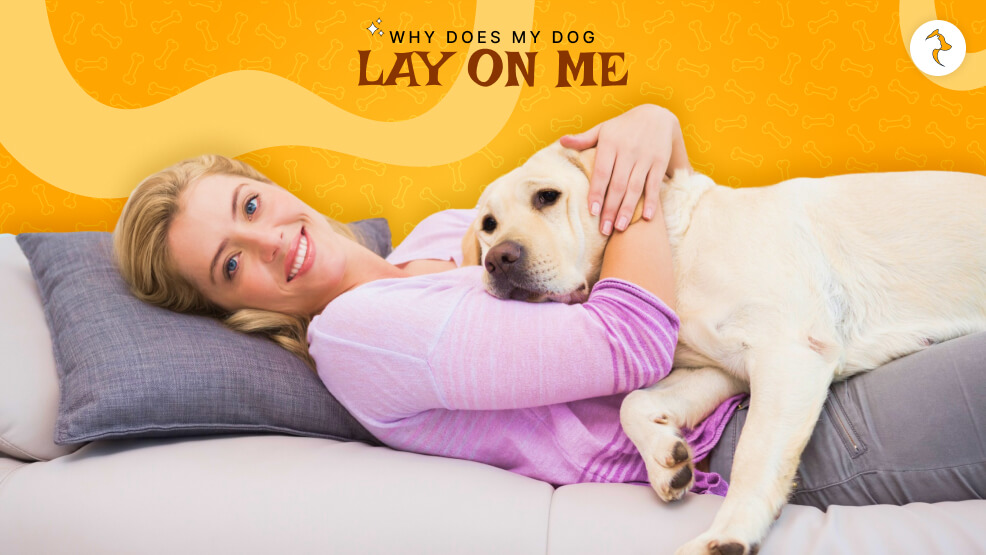
Being a first-time pet parent, there are always certain stand-out moments that make you think about why your pup is doing that or why he would do that. Most often, you can get a straight answer just by asking your vet. But in other cases, there are no straight answers.
One such stand-out moment happened to me a few times with my 70-pound Indian Hound breed, Bruno.
Whenever I lay on my bed or sofa, reading a book or on my phone, Bruno comes waddling to me, climbs on my chest or stomach, and just lies there. This started when he was a little puppy but continued well into his adulthood.
At first, I never had any problem whenever he came and sat on me or laid on me, but when he started growing and his weight increased, it became harder to become his cushion.
That is when Bruno started doing something else. Whenever I was lying down, rather than climbing over me, he would put half his upper body on my hips and stay there. Sometimes, he would just put his head on my neck and fall asleep.
With time, Bruno’s behavior made me very curious about why does my dog lay on me. Is it just a way of showing affection, or is there psychological reasoning behind such behavior?
10 Reasons Why My Dog Lay On Me
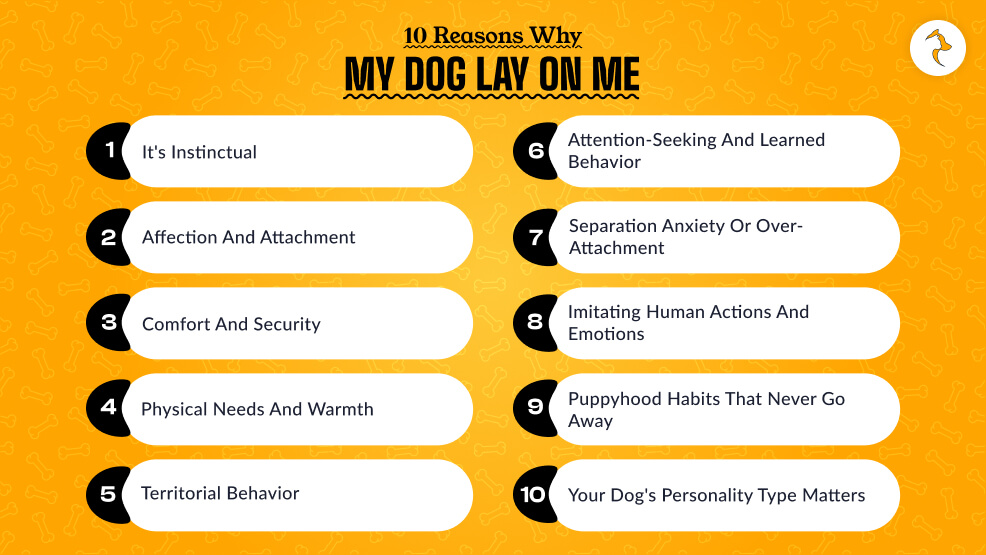
It is not unknown to us that dogs are creatures of instinct and emotions, and the emotions that they show reflect their internal self and their relationship with their surroundings.
But keeping that in mind, when my dog Bruno lies to me on his own, I cannot think of that as a random occurrence.
So, I went down the rabbit hole of the internet and came up with a few reasons why does my dog lay on me.
1. It’s Instinctual: A Throwback To Their Wild Ancestors
Before domestication, dogs’ wild ancestors, wolves, relied entirely on pack dynamics. Sleeping in contact with group members served to retain body heat, protect them from predators, and solidify social bonds within the group.
Even if your dog sleeps on memory foam and has a kibble shipped to it in a bag with its name marked on it, it still has these ingrained habits.
Snuggling up next to you simulates the proximity and harmony of being in a pack structure. It’s how they tell you,” You’re my family. I’m with you.
2. Affection and Attachment: The Science of the Human-Dog Bond
Dogs are among the most social beings on earth, especially in their attachment to humans. Studies show that when dogs and their owners interact positively—such as through hugging, stroking, or locking eyes—both feel a release of oxytocin, also known as the “love hormone.”
When your dog lies on you, it may be seeking an oxytocin boost. This physical closeness is part of how dogs form and maintain a secure attachment. It’s their version of a hug or a cuddle, strengthening your emotional connection.
3. Comfort and Security: You’re Their Safe Space
Dogs, like humans, are secure in what they feel is secure. For dogs, that is typically your scent, heartbeat, and presence.
When they get anxious—during thunderstorms, fireworks, or just plain old unknowns—cuddling up against you is the quick solution.
You are their anchor, their haven. Some even prefer to sprawl across your chest or belly because they can feel your heartbeat, miming the sound they heard as puppies when they slept beside mom and littermates.
4. Physical Needs And Warmth
Your body produces heat, and dogs—particularly short-haired, low-bodies, or small-bodies—will look for warm places to sleep.
If your dog likes to sleep on top of you more in cold weather or after a bath, it may be simply practical: you’re the warmest place in the room.
Some other breeds, such as Chihuahuas, Dachshunds, and Greyhounds, tend to get cold easily and will always yearn for body contact when sleeping.
5. Territorial Behavior: You’re “Their Person”
Dogs scent-mark to communicate. They possess scent glands present on their feet and along their body.
When they sleep upon you, they might deposit their scent behind you as a mark of claiming you as their territory.
This isn’t typically possessive or aggressive- more of a fine way of expressing,” This human is mine.”
You may observe this kind of behavior more in homes with more than one pet because your dog has to reaffirm his attachment to you.
6. Attention-Seeking And Learned Behavior
Dogs are intelligent and attentive. If your dog is snuggled up on you and you act similarly by playing with it, conversing with it, laughing, or even simply not shoving it off, it will pick it up. It shows them that resting on you = good.
This, too, is a habit that can be acquired over time. If you have inadvertently reinforced them for sleeping on top of you since they were puppies, then they will continue to do so as adults.
7. Separation Anxiety Or Over-Attachment
While clinginess is to be anticipated, excessive clinginess indicates separation anxiety. The dog may become distressed when you are preparing to leave or when you leave them home alone.
Lying on you constantly—particularly in a restless, dependent manner—may be their way of preventing you from going out or attempting to calm themselves.
Other indicators of separation anxiety may include:
- Whining or pacing when you’re not in the room.
- Destructive behavior when alone.
- Refusal to eat unless you’re home.
If your dog is doing these things, it’s a good idea to discuss with a vet or professional trainer what strategies work to build confidence and independence.
8. Imitating Human Actions And Emotions
Dogs are mood sponges. They absorb our moods, mimic our habits, and even coordinate their sleep patterns with ours.
If you’re anxious or depressed, your dog will snuggle up with you as a means of finding solace—or because they’re responding to your mood.
Dogs possess a remarkable skill for interpreting human emotional signals. They have been found to detect smiling, crying, and scowling faces and react appropriately.
So, you may have had a terrible day, and your dog jumps up on you and remains there—it might well be their attempt at emotional connection.
9. Puppyhood Habits That Never Go Away
Puppies permitted to sleep on or with their owners will become adults who do the same. Early experience determines canine personality and habit.
If your adopted adult dog has this habit, it can also indicate that it was raised in an environment where physical closeness was acceptable and comforting.
10. Your Dog’s Personality Type Matters
As with humans, so with canines: dogs have varying personalities too. They range from reserved and independent to overly affectionate and physically attached.
Some of the “Velcro dog” breeds most recognized are:
- Labrador Retrievers
- Golden Retrievers
- Vizslas
- Cavalier King Charles Spaniels
- French Bulldogs
- Boxers
These breeds forever demand constant contact and adore nothing more than being stuck to their beloved human.
Whereas this behavior is mostly good, there are situations when boundaries are required:
- The chance that your dog becomes too possessive or growls when people come near you.
- If it interrupts your sleep or becomes uncomfortable.
- If it’s a part of separation anxiety or excessive attachment.
Training your dog to obey commands such as “off” or “place” and offering comfortable alternatives such as a dog bed beside you can help achieve a balance between closeness and independence.
Last Thoughts: It’s A Good Thing (Mostly)
When your dog is on top of you, it’s typically a sweet, natural display of affection and trust. Whether they’re seeking to warm up, feel safe, or simply receive a few extra belly rubs, their need to be near you is one of the most genuine displays of affection in the animal world.
So, the next time when the question of why does my dog lay on me by flopping across your chest or nuzzles up in your lap.
Remember you’re not so much of a plush pillow yourself—you’re their sanctuary, BFF, and beloved human on earth.
Additional Reading:

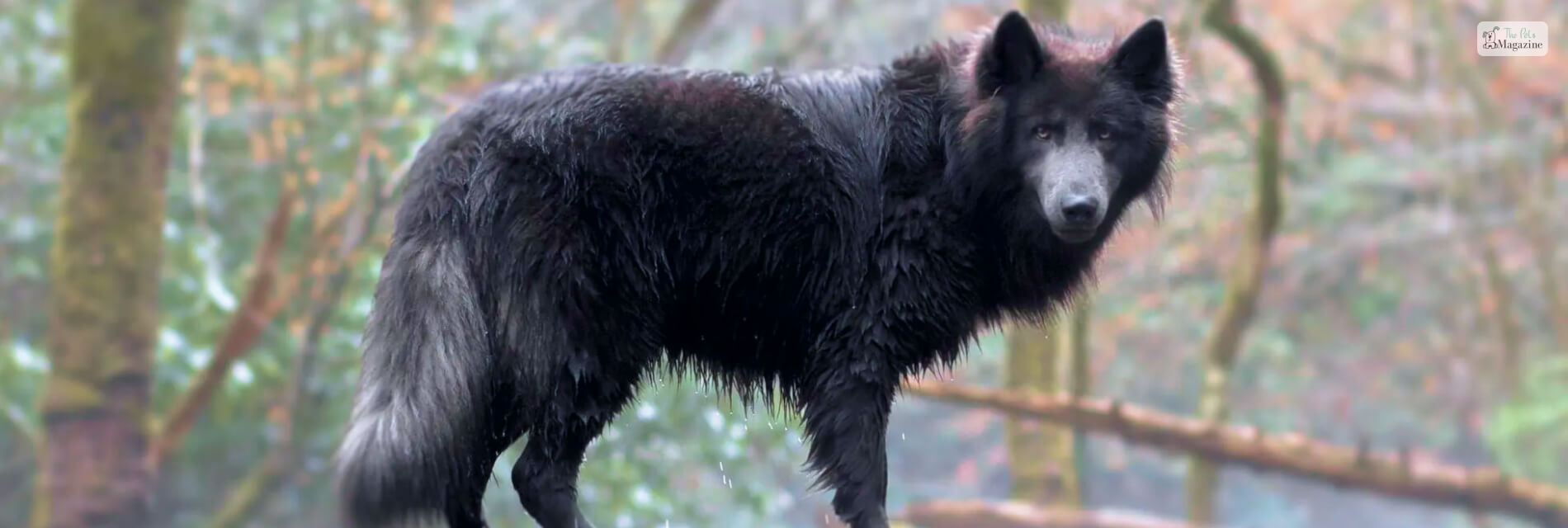


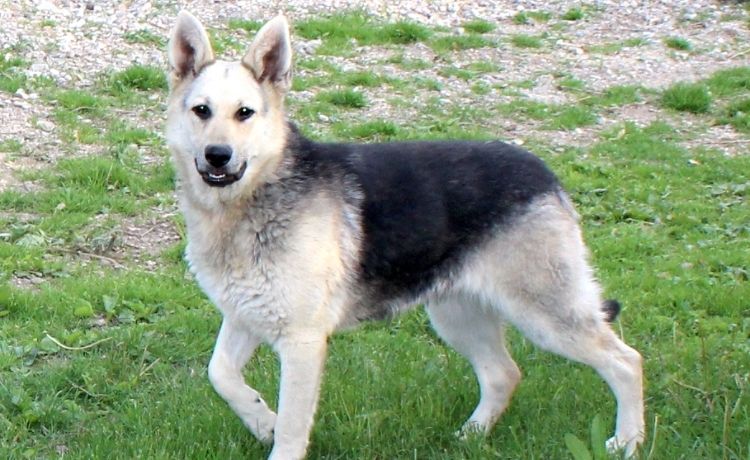
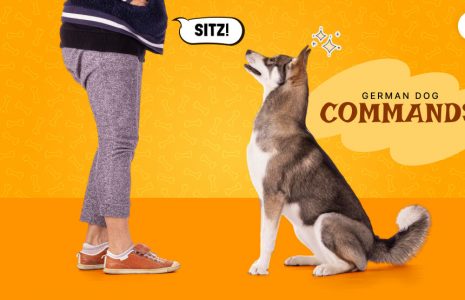
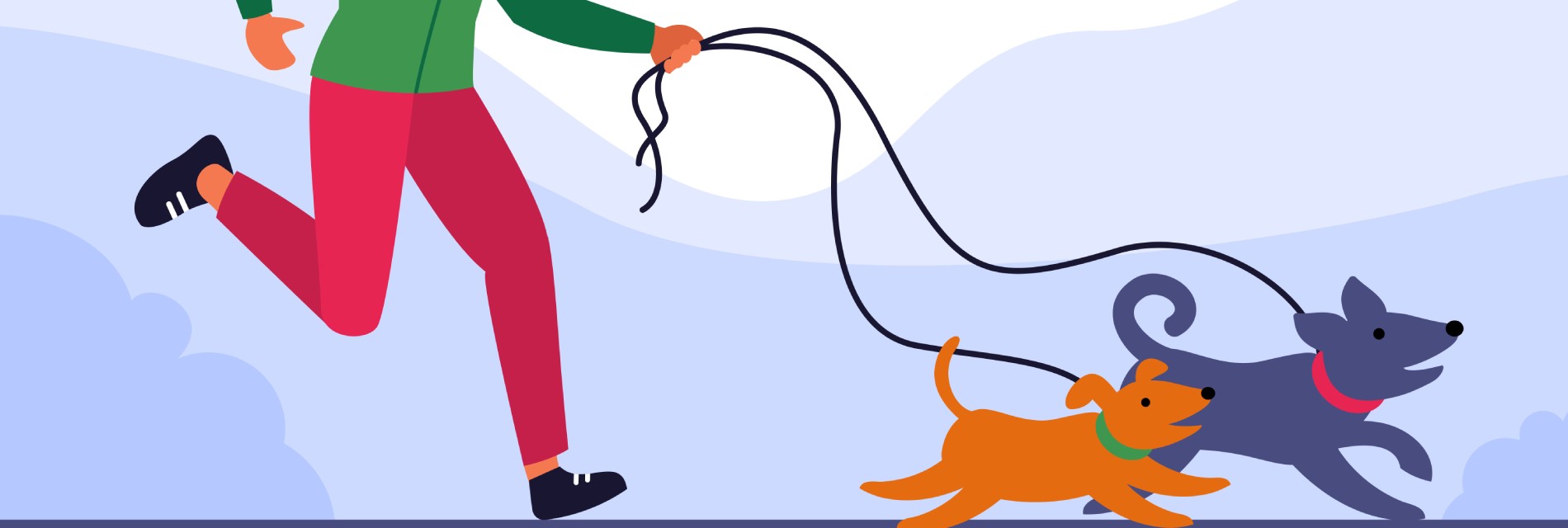
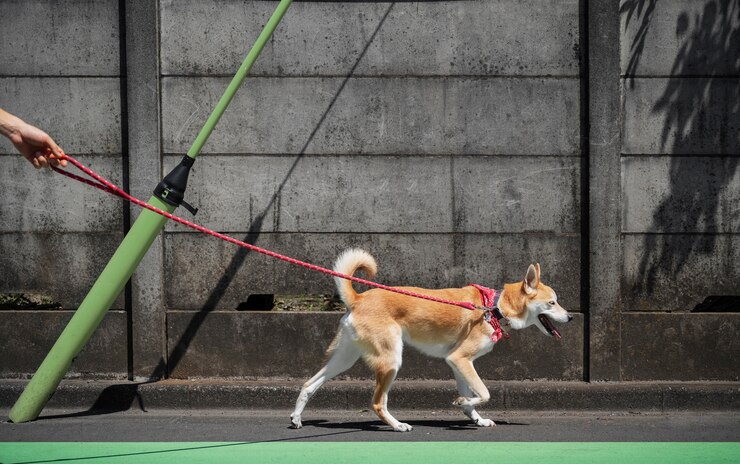
Leave A Comment